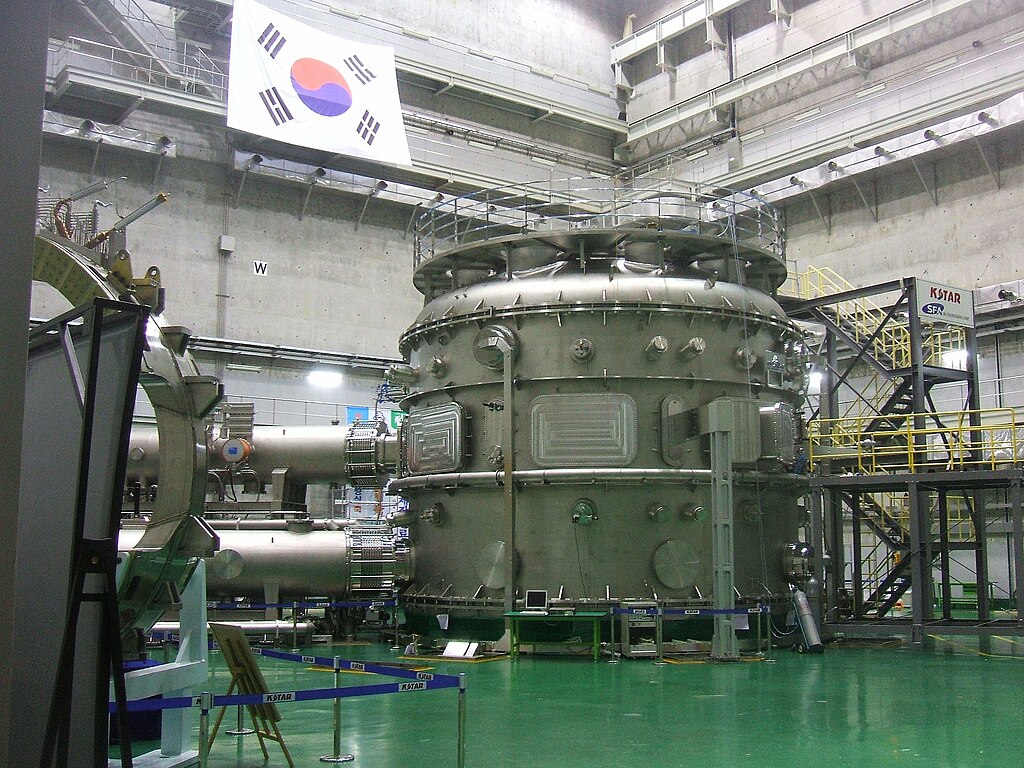
Are ‘Artificial suns’ Safe?
Introduction to ‘Artificial Suns’
Welcome to the fascinating world of ‘Artificial Suns’ – a groundbreaking technology that aims to replicate the power and energy of our nearest star. The latest achievement by the KTar artificial sun in South Korea brings is a testament to the limits of humanity and is a huge achievement to creating a new sustainable energy source. Imagine a world where we can harness the limitless potential of the sun right here on Earth. We could completely clean our air and eliminate our dependency on fossil fuels. In this blog post, we will delve into the science behind artificial suns, explore their potential benefits and risks, discuss controversies surrounding their use, touch upon ethical concerns and regulations, examine current progress, and ponder over future developments. We will also answer a question that many scientist have pondered themselves Are Artificial Suns Safe? So sit back, grab your shades, and let’s shed some light on the world of ‘Artificial Suns’.
The Science Behind Artificial Suns
When I was a child, I once pulled out an empty mason jar and I remember taking it outside, holding it up to the sun and saying “I got you you” and closing the jar. I then remember running into the house and telling my mother. “Mom, I have grabbed the sun and put in into my jar”. While this might seem like the just the imagination of a child. It is exactly what we on earth. We are trying to create an artificial sun.
Artificial suns, also known as fusion reactors, rely on the same process that powers the sun itself – nuclear fusion. This incredible scientific feat involves combining light atomic nuclei to form heavier ones, releasing massive amounts of energy in the process.
The key challenge lies in recreating the extreme conditions necessary for nuclear fusion here on Earth. By heating hydrogen isotopes to temperatures exceeding 100 million degrees Celsius and confining them within powerful magnetic fields, scientists aim to initiate controlled fusion reactions.
If successful, artificial suns could provide a virtually limitless source of clean energy with minimal environmental impact. However, achieving sustainable and commercially viable fusion power remains a complex engineering puzzle that researchers worldwide are tirelessly working to solve.
While significant progress has been made in recent years, there are still many technical hurdles to overcome before artificial suns can become a practical reality.
Potential Benefits and Risks of Artificial Suns
Artificial suns hold the promise of revolutionizing energy production and scientific research. One of the key benefits of this technology is its potential to provide a virtually limitless source of clean energy through nuclear fusion, mimicking the processes that power the sun. This could help reduce our reliance on fossil fuels and mitigate climate change.
However, as Hollywood would say” with great power comes great responsibility” – or in this case, potential risks. The intense heat generated by artificial suns poses safety challenges and requires robust cooling mechanisms to prevent accidents. There are also concerns about radioactive waste produced during fusion reactions, which must be carefully managed to avoid environmental contamination.
Despite these risks, ongoing research aims to address these challenges and unlock the full potential of artificial sun technology. It’s a delicate balance between harnessing the benefits while mitigating the associated risks for a brighter future ahead.
Controversies Surrounding Artificial Suns
Artificial suns have stirred up a whirlwind of controversies in the scientific community and beyond. The idea of creating a miniature version of the sun right here on Earth raises eyebrows and sparks debates about the potential consequences. Some argue that tampering with such powerful forces could have unforeseen negative impacts on our planet’s delicate balance.
Critics worry about the safety hazards associated with artificial sun technology, including radiation exposure and environmental implications. Questions linger about how sustainable these artificial suns really are in the long run, considering their energy consumption and waste production. Additionally, concerns arise regarding who gets to control this technology and how it may be used for political or military purposes.
Despite these valid concerns, proponents point to the potential benefits that artificial suns could bring, from advancing clean energy solutions to enabling breakthroughs in scientific research. As discussions continue, it’s clear that navigating through these controversies will be essential in shaping the future of this innovative technology.
Ethical Concerns and Regulations
As the technology behind artificial suns continues to advance, ethical concerns and regulations are crucial considerations. One major concern is the potential environmental impact of creating an artificial source of light and heat on such a large scale. Will it disrupt ecosystems or affect weather patterns?
Additionally, there are questions surrounding the allocation of resources towards developing artificial suns when there are pressing global issues like poverty and climate change that also require attention. Should we prioritize this technology over other critical needs?
Regulations will play a key role in ensuring that artificial sun projects adhere to safety standards and do not pose risks to human health or the environment. How can we create guidelines that balance innovation with protection?
Addressing these ethical concerns and implementing effective regulations will be essential as we navigate the exciting but complex world of artificial sun technology.
Current Progress and Future Developments
Artificial sun technology has made significant strides in recent years, with researchers constantly pushing boundaries to achieve higher temperatures and longer sustainment. Current progress shows promising results, with experimental reactors reaching temperatures exceeding 100 million degrees Celsius. This breakthrough opens up possibilities for more efficient energy production and potential advancements in fusion research.
Looking towards the future, scientists are working on enhancing plasma confinement techniques and developing innovative materials capable of withstanding extreme conditions within these artificial suns. The goal is to create a sustainable and reliable source of clean energy that can meet the demands of our growing global population without harmful environmental impacts.
As research continues to advance, collaborations between international teams are becoming more common, pooling expertise from various fields to tackle complex challenges associated with artificial sun development. With ongoing dedication and innovation, the prospects for harnessing fusion power as a viable energy source seem closer than ever before.
Conclusion: Is it Safe to Use Artificial Suns?
So as we conclude our post, we circle back on the question of Are ‘Artificial suns’ Safe?
While the concept of artificial suns holds great promise for various scientific and practical applications, it is essential to proceed with caution. As technology advances, researchers must prioritize safety measures and ethical considerations to ensure that artificial sun projects are developed responsibly.
The safety of using artificial suns will depend on thorough risk assessments, regulatory frameworks, and adherence to strict guidelines. By addressing potential risks proactively and promoting transparency in research efforts, we can harness the power of artificial sun technology for the benefit of society while minimizing any negative impacts.
The future looks bright for artificial suns, but only if we approach this groundbreaking technology with a balanced perspective that prioritizes both innovation and safety.

